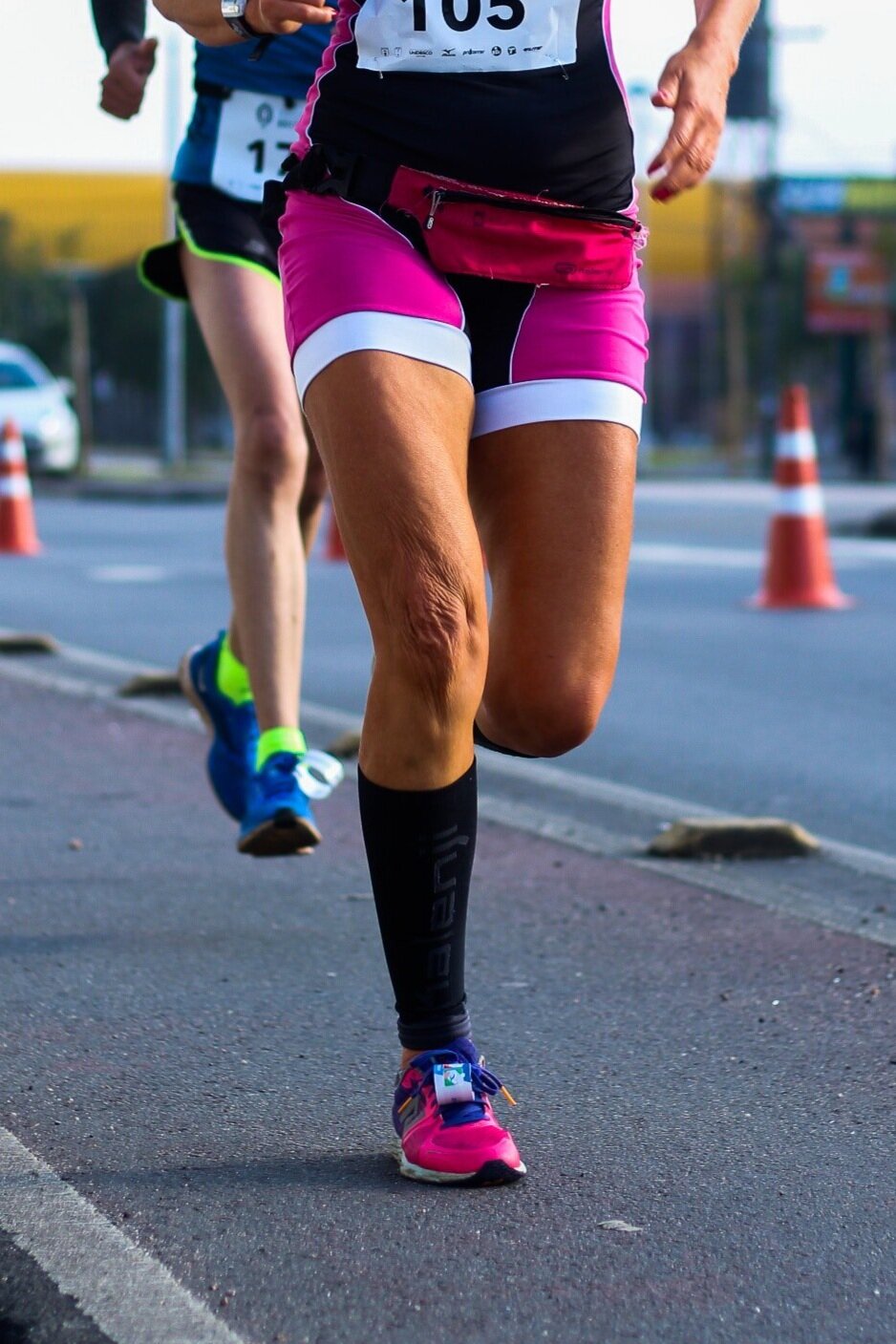Biomechanics in sports are essential to both performance and injury risk becoming more important as athletes begin to increase their training volume and reach higher levels of performance. Among runners poor biomechanics in the lower quarter have been associated with reduced running economy and in turn performance, as well as, overuse injuries such as patellofemoral pain. Contrary to internet wisdom and recommendations researchers have not agreed upon an ideal running gait in a healthy runner. Conversely, gait retraining by a Physical Therapist can help reduce abnormal forces in symptomatic runners.
In addition to a gait retraining assessment, Physical Therapists examine each runner to identify contributing impairments, such as weakness and tightness, which may have precipitated or perpetuated a runner’s current symptoms. Strength and biomechanics may or may not be associated with each other in runners. It is not uncommon to identify runners with adequate strength but poor mechanics or weak runners who improve their strength and continue to run pain free with poor mechanics. A recent study highlights the relationship between flexibility strength and running mechanics.
Zeitoune and colleagues recruited 29 healthy runners to determine the association between their clinical examination of strength, endurance, and flexibility and a running gait evaluation (Gait and Posture. 2020). Authors used a three dimensional motion analysis to document a runner’s gait. They reported a runner’s relative pelvic drop and hip adduction (opposite pelvic drop from stance leg and inward motion of the thigh under the pelvis) were associated with ankle eversion (outward movement of the foot relative to the ankle) in stance. No correlation was found between hip strength (gluteus maximus and medius/minimus) and knee position or valgus in these runners.
This study highlights the importance of not assuming muscle weakness in athlete’s with poor mechanics. If the athlete is weak the first step is building a muscle’s capacity to handle the demands of sport with strength training. The second step includes sport specific interventions to train an athlete to utilize this capacity to improve their mechanics and in turn performance.
Click Here to learn more about which interventions are best to improve your running mechanics

